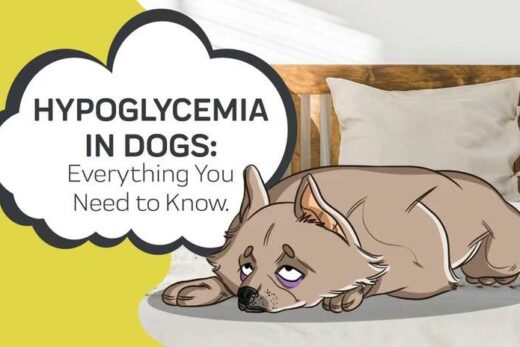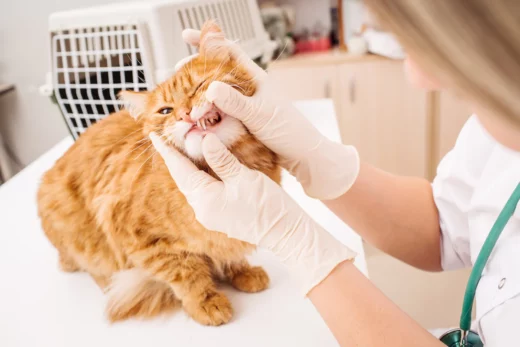Feline distemper, also known as feline panleukopenia (FP), is a viral disease that is caused by the feline parvovirus. This highly contagious disease is also referred to as feline parvo; however, parvo in cats is caused by a completely different virus than the parvo in dogs (also called canine distemper). Continue reading to learn more about distemper in cats, common causes and symptoms of feline distemper, and how it is diagnosed and treated by veterinarians.
What Is Distemper In Cats?
Feline distemper (feline panleukopenia) affects cells in your cat’s body that grow and divide very quickly. These types of cells can be found in many places, including bone marrow, the intestinal tract, skin, and the stem cells of a developing fetus. Also called feline parvo, this disease can cause a lot of challenges to an infected cat’s health.
According to PetMD, the feline parvovirus that causes distemper suppresses the production of white blood cells in the bone marrow. This weakens your cat’s immune system, making it a struggle to fight off infections and increasing their susceptibility to other invading viruses. The ability of feline parvovirus to compromise the immune system can lead to secondary bacterial infections and even anemia in cats.
How Do Cats Get Distemper?
Feline distemper (feline panleukopenia) is everywhere, throughout the United States and across the globe. Your cat can become exposed when they come into contact with other cats’ bodily fluids, such as saliva, urine, and nasal discharge, but the most common exposure is through contact with feces. It is important to note that once the virus spreads in the environment, it can live for years as the feline parvovirus that causes distemper is very robust. This is another reason why this virus is so contagious.
The virus is commonly found in an infected cat’s bedding, food, water bowls, on their paws, in their litter boxes, and even hitch a ride from the outside on the bottom of our own shoes if we bring them into the home. It can be picked up quickly by a cat—whether through direct contact with an infected cat, or indirectly from the environment. Feline parvovirus can withstand cold temperatures and is even resistant to iodine and alcohol.
Kittens and unvaccinated cats are at the highest risk for contracting feline distemper (feline panleukopenia), which can be deadly if not diagnosed by a veterinarian and treated early. Unfortunately, feline distemper is considered the most fatal cat disease in unvaccinated cats. Cats with decreased immune systems, kittens, and pregnant cats are also at higher risk of developing more complicated symptoms associated with distemper.





